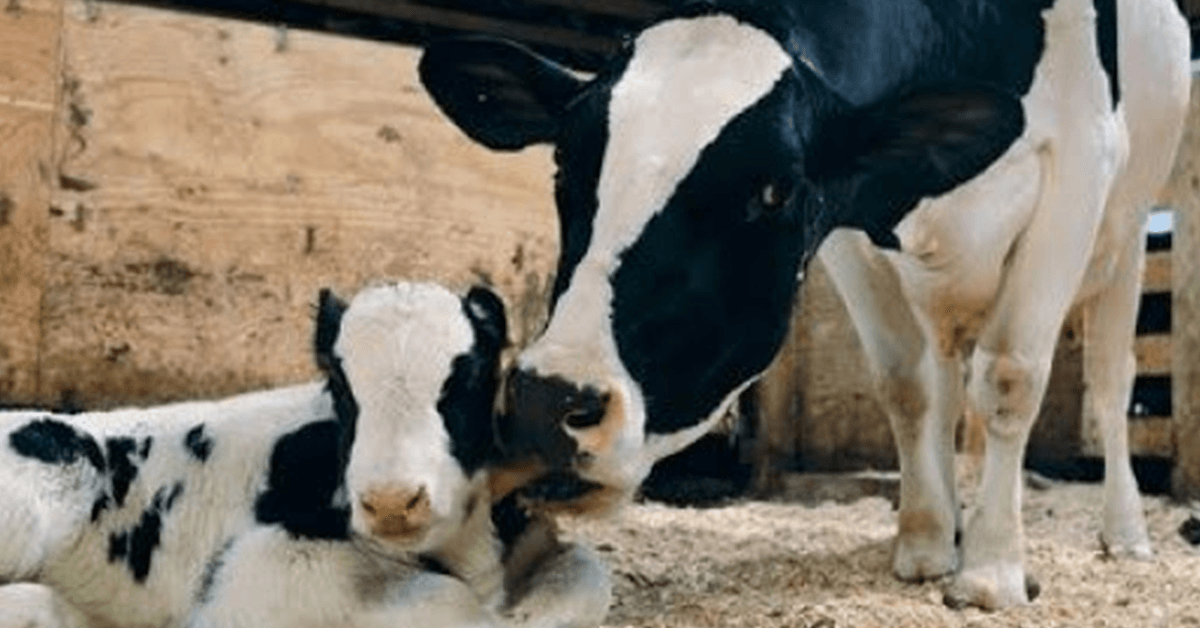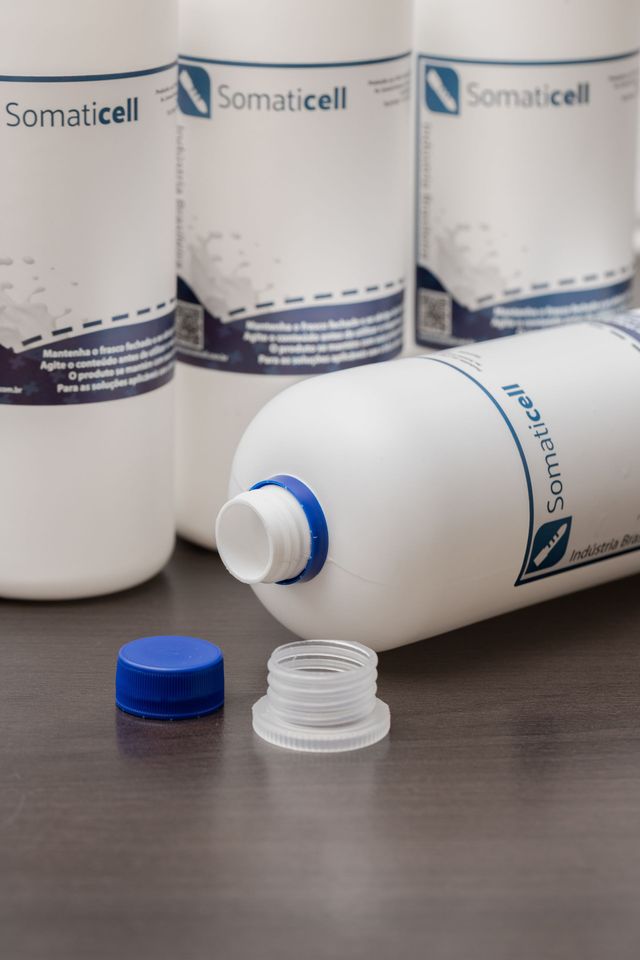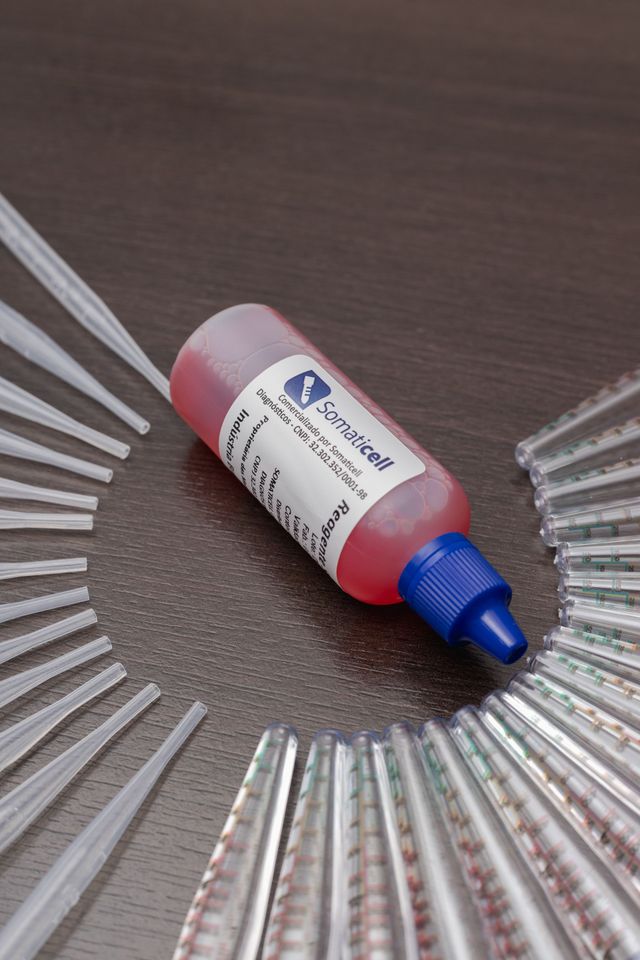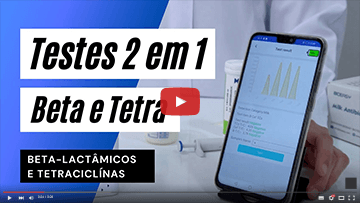Cows' dry period: understand what it is and why it's important
Good feeding and management during the dry period of cows can lead to excellent lactation and milk production.
Understanding all stages of milk production is important for a successful dairy farmer. Among the stages, one of them stands out: the dry period of the cows, considered the most significant for a good lactation.
Dairy cow care should take place even before it goes into labor, observing from the proper environment, correct food and even the amount of water the animal should ingest.
In the dry period, offering good conditions for the cow to have the calf safely guarantees not only quality of life for her but also for the calf. In addition, the results are also positive in the later stages, with greater milk production and a cow that will have a new lactation without damage.
But, after all, why is this dry period so important for the cow? What precautions should be adopted? How should a cow be fed during the dry period? To find out the answers to these and other questions, keep reading this article.
- What is the dry period?;
- What happens to the cow during this period?;
- Nutritional planning;
- Animal comfort.
What is the dry period for cows?
The dry period consists of the last two months of the cow's pregnancy, in which some practices must be adopted to ensure good conditions during calving and the health of the calf. From this date, the lactating cow must go through drying and no longer be milked, ceasing the stimuli for milk production until the moment of calving.
What happens to the cow during this period?
Regardless of milk production, the cow must be dried 60 days before giving birth, so that the mammary gland cells intensify and regenerate, ensuring an accumulation of antibodies, thus preparing her for a new lactation.
The production and quality of colostrum is essential for the calf to survive, as it is through these nutrients that the calf develops in the first days.
The management of the cow must be carried out throughout the lactation period, so that in the dry season it presents good health and nutritional condition. If necessary, supplement should be offered to those in lower body condition. This is not only a moment of rest for the dairy cow, but also a period for her to replenish her reserves so that she can give birth and produce quality milk in the next lactation.
Without proper nutrition and management, the cow may have low milk production, have a reduced reproductive life, as well as lengthening labor and giving birth to weak calves. In addition, metabolic and infectious problems may arise, such as hypocalcemia or milk fever; ketosis; displacement of abomasum; retained placenta and mastitis, which can cause the death of the animal.
In this way, both nutrition and proper handling ensure good milk production, in addition to good health and reproduction conditions.
Phases of the dry period in cows
O período seco ocorre entre duas lactações, o que é importante para que a glândula mamária da vaca leiteira se regenere para a próxima lactação. Durante esse processo, existem três fases bem distintas e que exigem cuidados diferentes.
Initial period (dry period)
This phase is characterized by the first 4 to 6 weeks before the dry period, after the interruption of milk extraction. During this period, treatment with intramammary antibiotics is essential as a way to prevent the multiplication of agents in the mammary gland, fighting infections that may develop at this stage.
Of the three phases, this is the one that represents the greatest risk of intramammary infection, since milk extraction is interrupted and there is an increase in pressure in the breast, which causes degradation of the mammary gland cells and dilation of the teat.
Therefore, care, both with the dry cow and with the environment where it will be during the dry period, is essential to prevent mastitis. To ensure this, it is necessary for the udder tissue to recover before the next lactation. Therefore, the animal must be offered dry matter from forages for ingestion.
In addition, the feed can be supplemented with proteins, minerals and vitamins, but the dry cow must not gain too much weight, so as not to harm the delivery or the lactation phase.
Prepartum period
During the last 2 and 3 weeks of the dry period, the cow is experiencing both hormonal and metabolic changes due to increased nutrients, fetal growth, low immunity, among other factors. As parturition approaches, the level of stress must be reduced as much as possible and the negative impacts that the cow may suffer at the beginning of lactation should be minimized.
The cow is preparing for parturition and lactation, and until the next stage, the animal has low dry matter intake, despite the calf being growing. Therefore, it is necessary to prepare the dairy cow for the production of colostrum, parturition and the beginning of lactation. The animal must have a diet with adequate dry matter intake and less dense in relation to lactation.
It is good to remember that, without correct handling, there is a possibility that the animal will present metabolic diseases such as hypocalcemia and retained placenta, as well as harming the animal in a new reproduction and lactation.
During the pre-partum period, the cow must have a body condition within the normal range, that is, from 1 to 5 and the body score must be between 3 and 4. Also, you need to be aware of the environment that the cow will be in. The site should have good vegetation cover, low humidity and sufficient shading.
Therefore, care must be taken, such as:
- Shaded area with at least 5 m² for each cow;
- Do not overcrowd the lots, separating heifers from cows;
- Clean and fresh water;
- Troughs with a minimum spacing of 80 cm per cow;
- Clean and dry environment.
Postpartum period
In the postpartum period, the main objective is to ensure that the animal has an uncomplicated start to lactation and recovers from childbirth as best as possible. This means good productivity and health throughout lactation. For this, it is necessary to offer a balanced diet with quality foods and increase the consumption of dry matter.
This will ensure a healthy cow during the lactation period, increased milk production, quality colostrum, as well as healthy calves, reduced metabolic disorders, among other factors.
Nutritional planning
Each phase requires differentiated care and feeding for this dairy cow, especially since the animal undergoes major metabolic and physiological changes in a short period of time. During post-drying, cows are fed a low-energy but high-fiber diet, which facilitates the drying process.
Already with the 21 days before calving, energy and protein contents increase, compared to what was provided during the first phase. During the dry period, cows need different nutrients than lactating females, so nutritional planning is essential.
If during the pre-delivery period, food consumption is falling, on the other hand, energy needs are rising, which requires good nutrition and good handling. Therefore, reducing the negative impacts during the dry period provides an adequate transition to the beginning of lactation, requiring nutritional planning to follow some recommendations, such as:
- Forage of good quantity, quality and palatable;
- Protein between 12 and 14% of dry matter (DM) in the diet;
- Cows with high production potential must consume dry matter equivalent to at least 4% of their live weight, at peak consumption;
- NDF (Neutral Detergent Fiber) around 35% of DM;
- Increase the amount of concentrates and minerals (simple mixture based on ground corn, soy or cottonseed meal; limestone and mineral salt; ground soy bean or cottonseed);
- Avoid forages with high levels of potassium (sugar cane, some seasoned forages);
- Vitamin E between 1000 to 1400 IU/cow/day;
- Correct balance of minerals.
Postpartum nutrition
The dairy cattle breeder must pay attention to the cow's feeding in the postpartum period. This is because milk production increases rapidly, peaking between 6 and 8 weeks after calf birth. However, the cow does not consume enough food to meet the demands of nutrients necessary for milk production.
As a result, the adipose and muscle tissues spend a lot of energy, which favors the cow's weight loss. To meet this need, the amount of starch (energy) must be increased and the processing of this food evaluated in order to guarantee an ideal consumption of nutrients. The fiber that the animal will consume must not be less than 28% of Neutral Detergent Fiber (NDF).
With regard to fiber, 21% NDF must be physically effective, as a way to stimulate rumination and keep the rumen functioning. Another nutrient that requires attention for dairy cows that have just calved is protein. If supplied correctly during the initial period of lactation, it encourages food consumption, helping the metabolism of the liver, which favors milk production.
Remember, the more productive the cow is, the greater her need for nutrients.
Animal comfort
After the drying period, the dairy cow must be led to pasture with good quality feed and fodder so that it can walk and exercise. However, it should be remembered that the animal should not make intense movements, especially at the end of pregnancy. It is also necessary to guarantee that the dry cow will not suffer blows, or that it will run or walk long distances, which could cause a traumatic abortion.
Other precautions that must be adopted to provide comfort to the animal that is in the maternity ward are:
- Pasture clean, drained, easily accessible and close to the stable;
- Shady place;
- Animals must be taken to the maternity paddock at least 15 days before giving birth;
- Watch for vaginal discharge with mucus, blood, or pus.
Importance of water
An element that cannot go unnoticed by the dairy cattle breeder is the water supplied to the dry cows. This is considered the most important input for dairy cows, especially because they are going through a very exhausting physiological process.
When a dairy cow is lactating, it ingests, on average, 2,6 kg of water per day. This results in the production of only 1 liter of milk, so it is clear how much water intake interferes with the milk production of a farm. To do this, have planned drinking fountains that facilitate cleaning and daily renewal of clean water. In addition, each drinker must serve between 15 and 20 cows, have a distance of 5 cm to 10 cm between each animal, and be 15 cm deep and have a flow rate of 38 liters per minute .
Como você pode ver neste artigo, adotar boas práticas de manejo bem como alimentação no período seco das vacas leiteiras proporciona qualidade de vida para o animal, além de bom resultado para os produtores de leite.
Ter vacas saudáveis durante o período seco e de lactação resulta em maiores produções de leite; os animais apresentam um colostro de excelente qualidade; as vacas têm menos chances de abortos; os bezerros nascem mais saudáveis; há uma maior lucratividade, entre outros fatores.
Pensando nisso, a Somaticell oferece
soluções para que os criadores de gado leiteiro tenham produtos lácteos de qualidade e possam se prevenir de doenças pecuárias, além de impulsionar resultados e minimizar perdas. Tire todas as suas
dúvidas e solicite seu orçamento.
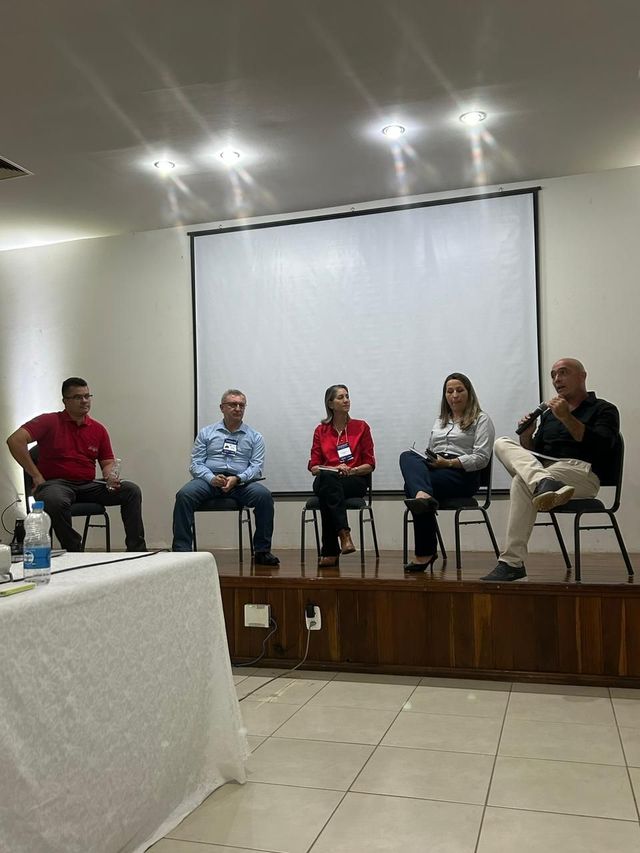
Discover our App
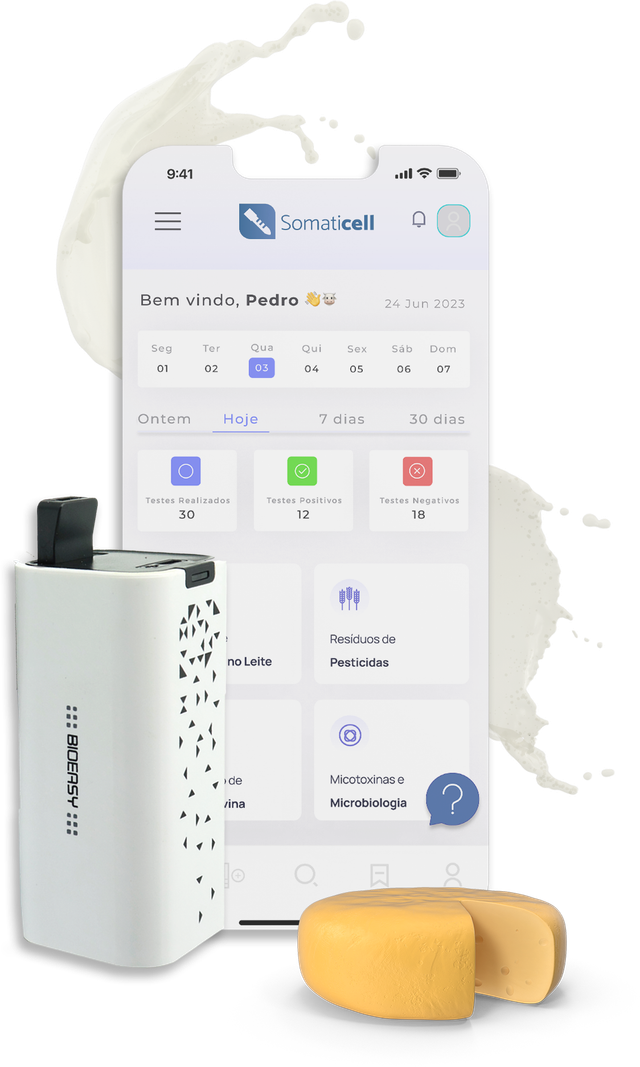
Our Educational Videos
Somaticell on Social Networks


